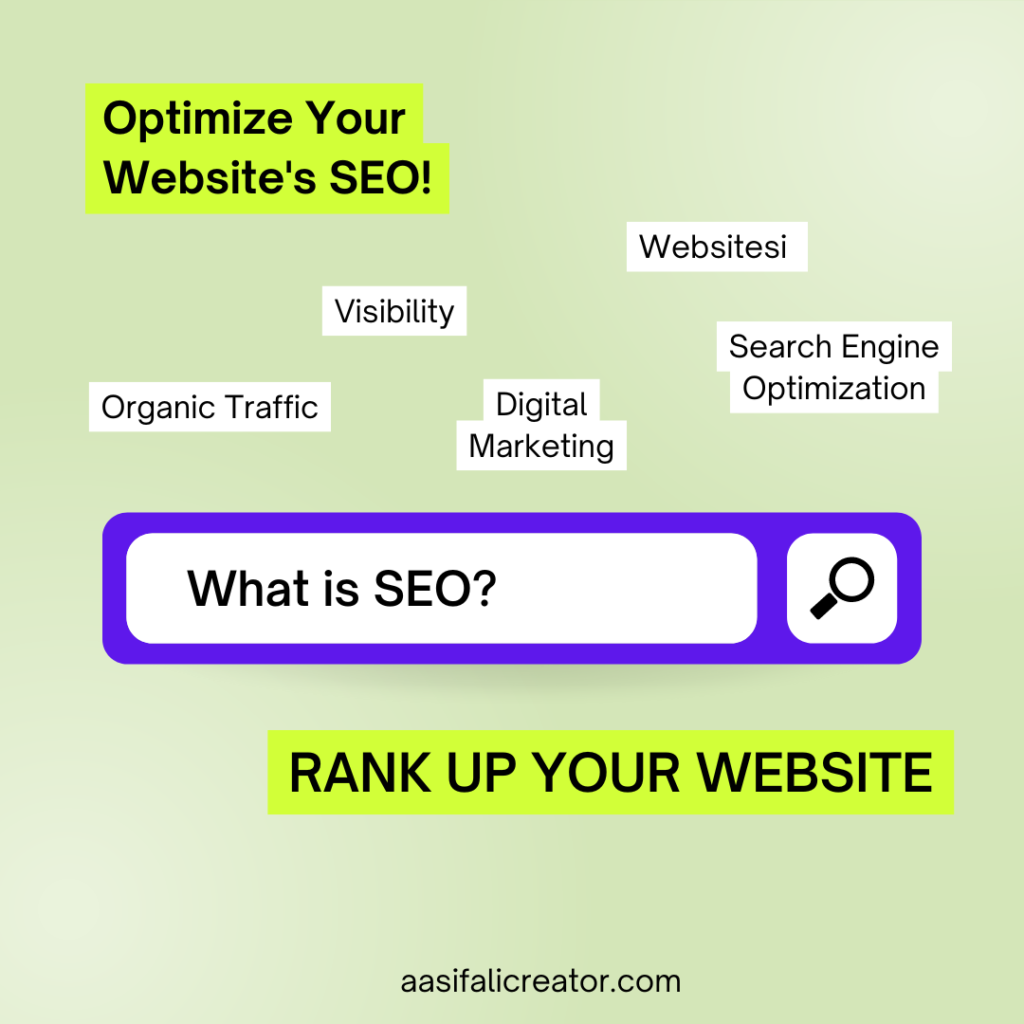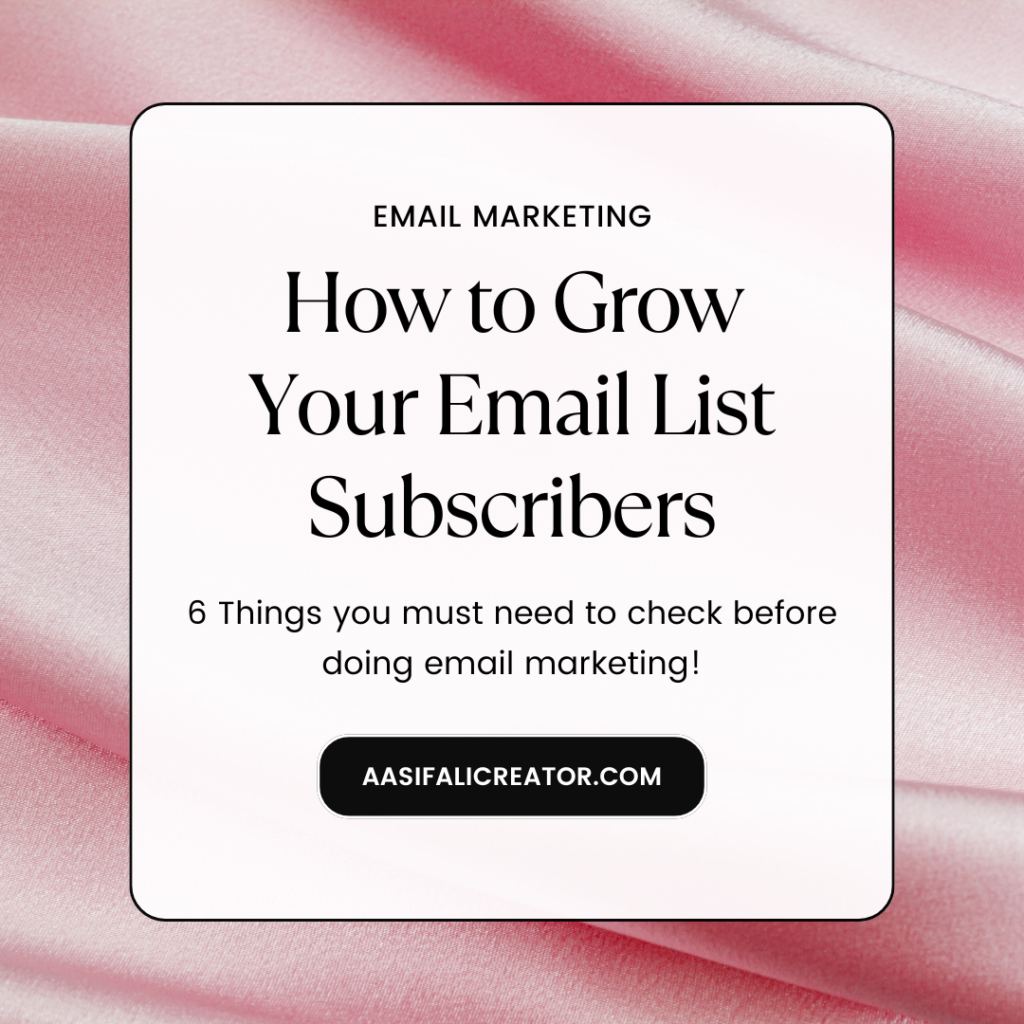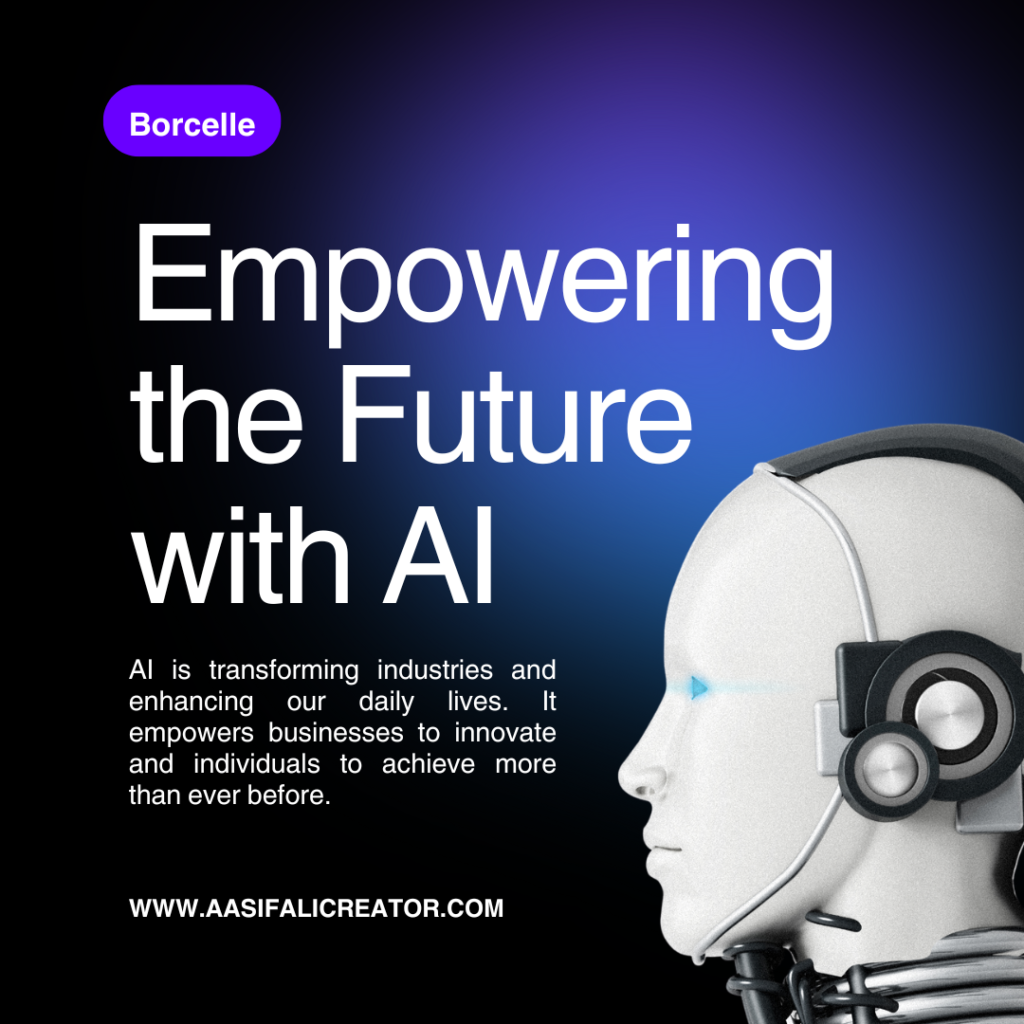Zero-Click Searches: How to Optimize for Featured Snippets in 2024 ?
In today’s digital marketing and search engine optimization (SEO) landscape, zero-click searches have become increasingly important. A zero-click search happens when users find the information they need directly on the search engine results page (SERP) without having to click through to a website. This is mainly due to the surge of featured snippets, which offer immediate answers to users’ queries at the top of the SERP. It is more vital than ever to optimize for featured snippets in 2024 as they can significantly enhance your visibility and authority, even without direct website traffic. Here’s how to optimize for featured snippets in the upcoming year and take advantage of the increase in zero-click searches. 1. Recognize the Significance of Featured Snippets Featured snippets are brief, succinct answers extracted directly from a webpage and displayed at the top of the search results in a prominent “answer box.” They are positioned above the organic search results, securing the highly sought-after “position zero.” These snippets are particularly beneficial for voice search and mobile devices, catering to users seeking quick, on-the-go responses. In 2024, the competition for featured snippets will continue to escalate as they often lead to increased visibility, brand authority, and trustworthiness. While these snippets may not always generate clicks, they play a crucial role in elevating your brand’s exposure and credibility in the eyes of search engine users. 2. Target Question-Based Queries A key strategy to optimize for featured snippets is to concentrate on question-based queries, as Google frequently selects snippets that directly address user questions. Ponder the types of questions your audience is posing and create content that delivers clear, concise solutions. Utilize tools like AnswerThePublic or Google’s “People Also Ask” section to pinpoint common questions related to your industry or subject. Once you have a list of pertinent questions, structure your content to tackle these queries with straightforward, informative responses. Providing direct answers heightens the likelihood of your content being featured in the snippet box. 3. Structure Content for Snippets Google favors well-structured, easily digestible content for its featured snippets. To enhance your chances of selection, organize your content in a manner that facilitates the extraction of key information by search engines. Incorporate bullet points, numbered lists, and headings to simplify complex information. When composing, strive to address the target query within the first 100 words of the article, as Google often extracts information from the initial paragraphs. If you are explaining a process or providing a how-to guide, a step-by-step format is ideal for snippet optimization. Additionally, ensure that each section or paragraph of your content focuses on a single, well-defined topic. This clear structure aids search engines in identifying the most relevant part of your content for potential snippet inclusion. 4. Optimize for Long-Tail Keywords In 2024, the competition for broad, high-traffic keywords is fierce, and long-tail keywords are becoming increasingly valuable for zero-click searches. Long-tail keywords are more specific and often align with the type of questions users input into search engines. For example, instead of targeting “best SEO practices,” which is highly competitive, concentrate on more specific searches like “how to optimize for zero-click searches in 2024.” These longer phrases typically have lower search volume but are more relevant to users seeking detailed answers, making them ideal for snippet optimization. 5. Utilize Schema Markup Schema markup, a form of structured data, assists search engines in better comprehending the content on your page. By implementing schema markup, you can simplify the extraction of information by search engines and use it for featured snippets. Utilize schema markup to label important information such as FAQs, instructional guides, product details, and reviews. Implementing schema markup not only increases the chances of your content being chosen for featured snippets but also boosts your presence in rich results like FAQ boxes and how-to sections, which are becoming more common in search engine results pages (SERPs). 6. Ensure Your Content is Always Fresh and Current It’s important to Google that your content is both relevant and up-to-date. Featured snippets often come from pages that provide the most recent information on a topic. In 2024, it’s crucial to keep your content updated to stay competitive in zero-click search optimization. Regularly refresh your content with new data, statistics, and trends. Make sure the information you’re sharing is accurate and current, as this can improve the chances of your page being chosen for a featured snippet. Keeping your content fresh shows Google that your website is active and valuable, increasing the likelihood of ranking in position zero. In 2024, it is crucial to focus on zero-click searches and featured snippets in SEO to boost brand visibility and authority. To increase the chances of obtaining featured snippets, target question-based queries, present content in a clear structure, optimize for long-tail keywords, and use schema markup. While zero-click searches may not always lead to immediate traffic, they help in building trust and credibility, establishing your brand as an expert in your industry. Featured snippets will continue to be a valuable asset for staying competitive in the ever-changing SEO landscape.



